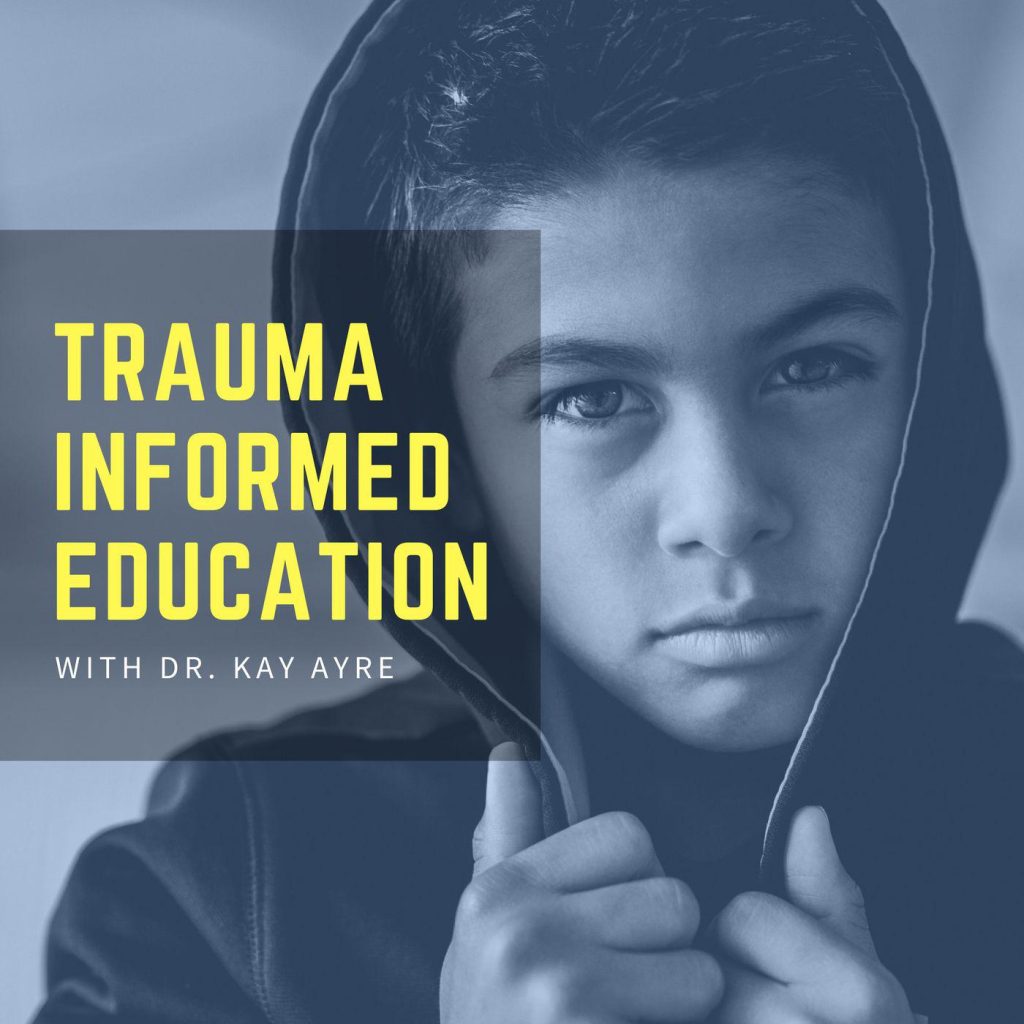Introduction
If you are reading this book, you are likely motivated to make a difference in the lives of children. If you have been a disciple of trauma-informed practices, you would know that loss, grief, emotional pain, and fear in childhood affect one’s life. Equally, acts of compassion and support linger in our memories, providing us hope in the darkest times. While it may seem simple and obvious to support a struggling student, the realities of such tasks highlight the challenging and complex nature of such acts. Schools respond to the complex needs of students exposed to traumatic and adverse experiences as part of an interconnected system of care. These systems of care include health care, child welfare, juvenile justice, housing, and a variety of other community services. Legislation around the world increasingly mandates interorganisational collaboration and attention has turned to considering how educators and professionals of other disciplines and services interact. As demands on educators to meet the diverse needs of students continue to grow, the challenge of providing an inclusive educational environment places a significant burden on educators. Educators are required to be informed about various learning and mental health concerns facing children in the school environment.
Such requirements necessitate interdisciplinary collaborations – both within a school and with those in other services and sectors. Attitudinal and systemic barriers have long kept educational institutions siloed from other child services, with recent policy and legislative changes enabling such interdisciplinary partnerships to occur more readily. The conversations in this book demonstrate the complex interplay between the impact of trauma on our brains and nervous systems (biology) and our thoughts and behaviours (psychology). We are learning that trauma impacts how we interact in relationships, organisational systems, and communities (sociology), how we make meaning of the world, and how we understand our purpose (philosophy). The willingness to be curious and continually learn is essential to inclusive education. Respecting and accepting another’s perspective and the consistent and critical exchange of ideas is a hallmark of productive interdisciplinary collaboration.
The prioritisation of ’coming together ‘requires practitioners to actively seek opportunities to meet and collaborate with those from other disciplines. The emergence of digital technologies – through video communication software and podcasts – has enabled us to leverage the wisdom and resources of a range of practitioners worldwide in disseminating and co-creating interdisciplinary resources. Such efforts of interdisciplinary joint work with interactions between diverse community members represents increasingly sophisticated levels of interdisciplinary boundary crossing.
We hope reading this book offers you a space for reflection and learning. Ultimately, however, the book is a call to action. It is an invitation to examine the state of your schools and decide what kind of education you want for the children in your community. It is a call to re-examine what we have long assumed to be true about how education is structured and delivered. Advocacy and innovation in education mirror the efforts of the traumatised child – as educators attempt new practices and risk a state of vulnerability and uncertainty in the hope of new learning and growth. The conversations in the book highlight how thinking and acting to support the complex needs of students can instigate social change, one interaction at a time.
Trauma Informed Education Podcast
This open text is based on conversations originally captured in the Trauma Informed Education podcast and licensed under a CC BY-NC-SA 4.0 licence. The podcast with each interviewee is hosted at the end of each chapter for you to listen to at your leisure.


